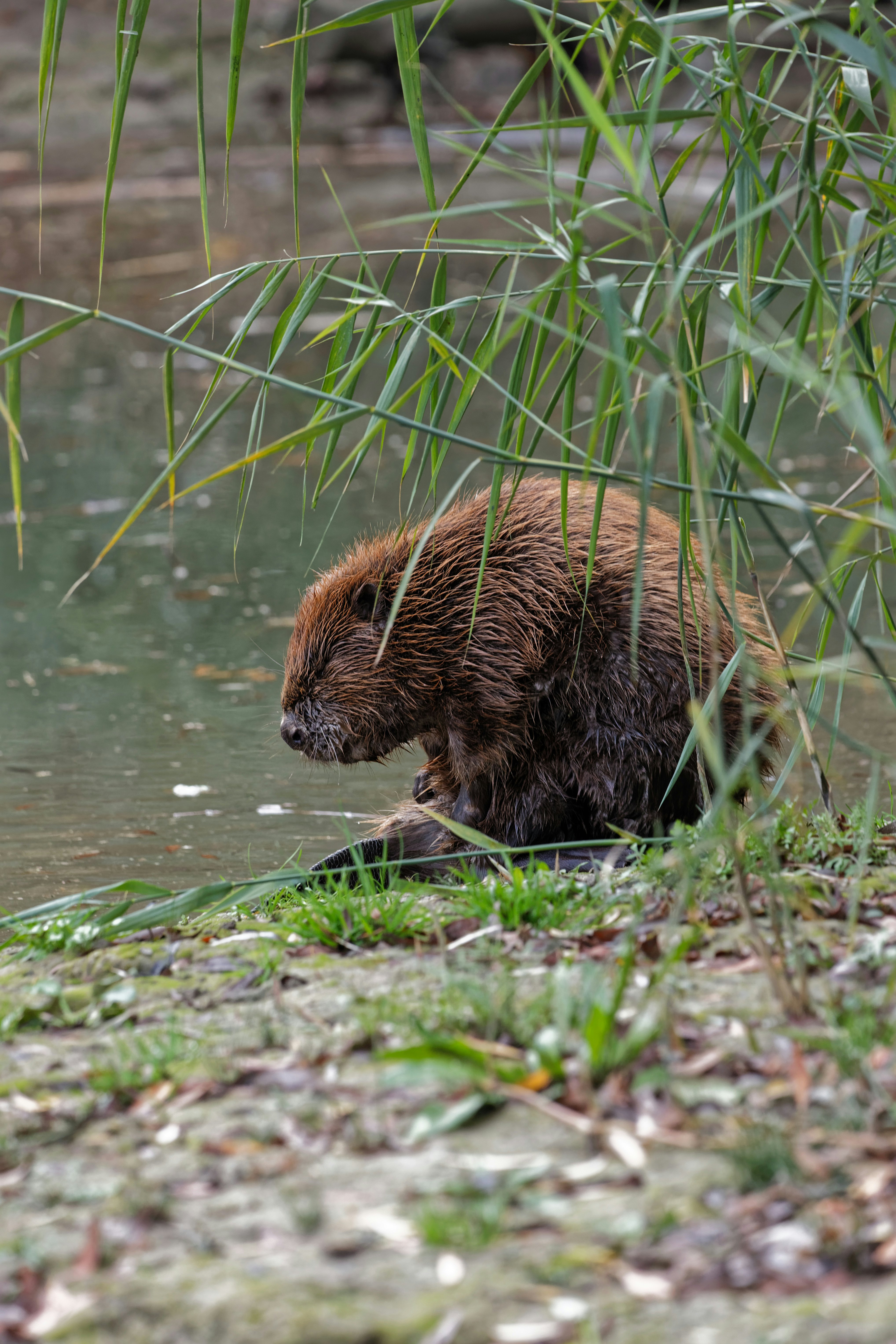
If you wanted to flaunt your wealth today, you might carry a Gucci bag and strut around in a pair of Louboutins, or simply opt for finer clothing made of cashmere and silk. But if you were a rich Danish Viking living in the 10th century, high fashion was all about furs.
Beautifully crafted pelts have been found in the graves of the wealthiest Danish Vikings, though little is known about what kinds of animals supplied the garments they once wore. Were the animals wild or domesticated? Were they species native to Denmark, or imported from abroad?
Those might be hairy questions to answer, but they’re also ones that can shed light on Viking society, culture, and their role in global trade.
Researchers writing this week in the journal PLOS One analyzed ancient samples of furs and skins from the graves of high-status Vikings from Denmark. Clothing, accessories, and grave furnishings came from many different types of animals, but one non-native species imported from outside the region was a surefire sign of wealth and status.
Here’s the background — In the 10th century, the Vikings’ extensive overseas trade routes were well established, and fur was one of the main commodities they swapped along the way.
The pelts of squirrels, foxes, and martens made it to people as far away as Baghdad, and were seen as a luxury abroad. As Arab historian, traveler, and geographer Al-Mas’udi wrote in the year 943: “The black furs are worn by Arab and non-Arab kings … They make hats, caftans, and fur coats out of them.”

Most of what’s known about the Viking age fur trade comes from written sources. When it comes to looking at the remains of furs themselves, many samples don’t stand the test of time. Natural materials degrade as centuries pass, and that makes it even more difficult to analyze the DNA of the animals to which the fur belonged.
“The fur we sampled was very fragmented,” study co-author Luise Ørsted Brandt, an archaeologist and associate professor at the University of Copenhagen, tells Inverse. However, the team was still able to assess 15 samples from six graves for the study, and found some surprising results.
What they did — Since the DNA in the ancient fur samples was significantly degraded, researchers analyzed remnant proteins instead.
Keratin, a protein that makes up hair, fur, nails, and skin, can last a long time. The protein preserves better than DNA because it’s just more stable as a molecule, explains Meaghan Mackie, a bioarchaeologist for The Globe Institute at the University of Copenhagen.

“Keratin can be very resilient in the right conditions, as the main reason it breaks down is due to certain bacteria in the environment that feed on it,” Mackie, a co-author of the PLOS One study, tells Inverse. “So if it can stay in an environment where it is hard for this bacteria to get to, such as anaerobic conditions, it can preserve for a long time.”
To analyze the Viking samples, researchers used two different mass spectrometry techniques to match keratin sequences to existing species in public databases.
Not every animal species has been logged in a database, so the team didn’t always find perfect matches. Sometimes they were able to trace the identities of the furs and skins to closely-related species. However, Brandt says the team would like to catalog more species, which can be a lengthy process, in order to perform more specific analyses in the future.
What they found — The Danish Vikings were picky about how animal products were used for certain purposes. Analysis revealed that the skins from domesticated sheep became grave furnishings rather than clothes. Wild marten and squirrel pelts, on the other hand, were used to make garments.
“I thought it was interesting that there was a connection in the textiles we examined between the 'wildness' of the animal used and what it was used for,” Mackie says.
But the big surprise for the research team came when they identified clothing made from an animal that is not native to Denmark: the beaver.

That likely means the beaver pelts were imported from somewhere else. And the location of beaver fur in several high-class graves indicates that it was a luxurious and expensive material.
“It is quite fantastic that we had at least five examples of imported fur,” Brandt says. “Also that these are the same species – beaver. A previous analysis using microscopy had indicated that it could be marmot, so that was quite cool.”
A look of luxury — Beaver fur definitely stands out from the pack. It has a distinct sheen to it, and is far warmer and heavier than squirrel fur. It’s also more water-resistant, making for the perfect material for a coat or hat.
Combined with the fact that it would have been an import for a Danish Viking in the 10th century, clothing made of beaver fur would have been an ideal status item. It’s likely that the wealthy Vikings used these pelts to show off their riches — much like how a designer coat would signal wealth to others today.

What’s next — It isn’t clear yet where the beaver furs were imported from, but Brandt says it was likely somewhere along the route to modern-day Stockholm or toward the rivers that stretch into Russia. And there are still questions to be answered about how accessible furs were for lower-class Vikings as well.
The elites of Viking society were often buried in chambers, making it easier for their riches to be preserved over time. More common people did not have the luxury of being buried in an elaborate grave, so it’s tougher to find remains of their clothing and accessories, Brandt explains.
Regardless, it seems that owning something made of beaver had a lot to do with your status in Viking society. Maybe they even had people who sold knock-offs in those days, as well.







